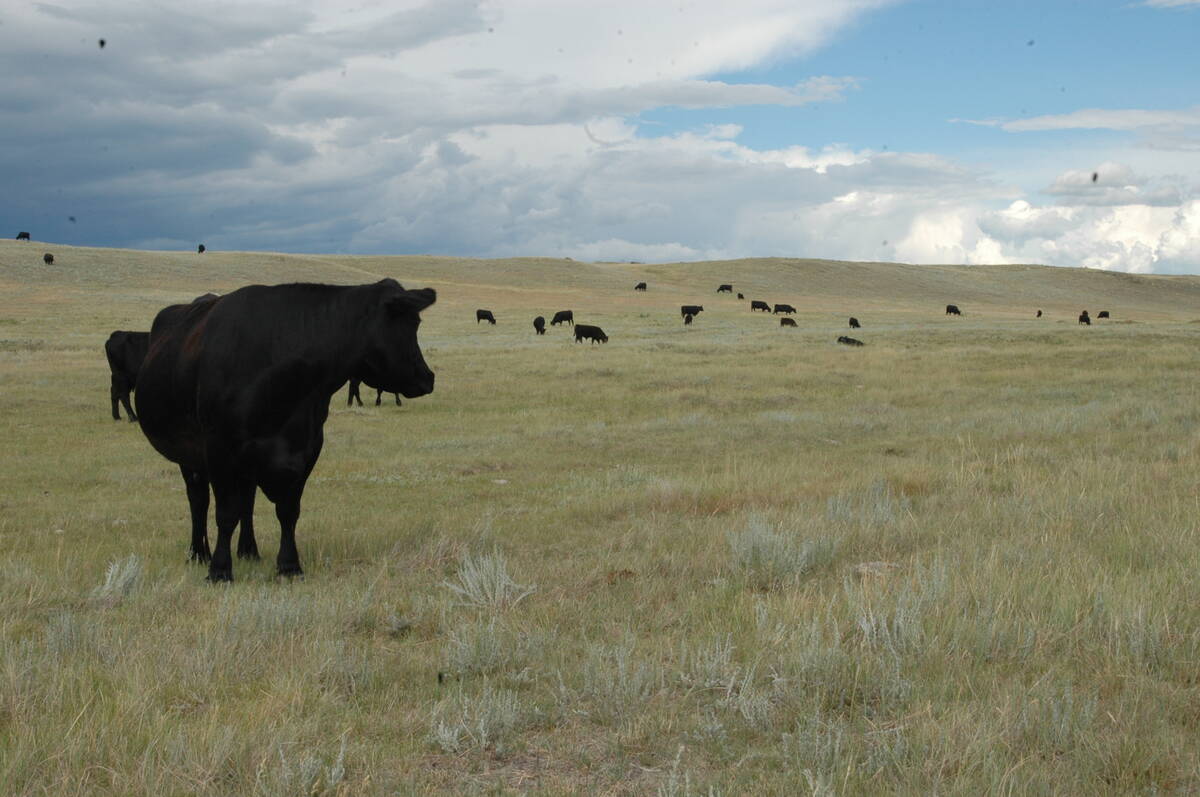Saskatchewan cattle producers say the deduction for sending horned cattle to market might be small, but it should remain in place.
Producers at the Saskatchewan Cattlemen’s Association annual meeting narrowly voted to retain the $2 per head penalty following a motion that it was no longer effective and that the organization should lobby for it to be discontinued.
The Horned Cattle Trust Fund was established in 1940 to encourage producers to dehorn cattle before shipping to reduce injuries and bruises.
It has contributed hundreds of thousands of dollars to beef-related research, including financing herds at the Western Beef Development Centre and the Swift Current research farm.
Read Also

Canadian Food Inspection Agency slammed for handling of bovine tuberculosis case
The federal government leans heavily on producers to “take one for the team” and risk their livelihoods without any reassurance of support.
However, the fund took in only $30,000 for the year ending March 31, 2014.
Ryan Thompson of Ceylon said the fund was useful and effective, but it was time to end it.
“We believe now that the market has taken care of the horned cattle being discounted significantly,” he told the meeting.
“This trust fund no longer brings in a significant amount of money, and it costs a lot to maintain it and administer the fund.”
Others said the fund would bring in more money if producers who sent horned cattle to auction markets were actually penalized. They said brand inspectors, who are the only officials who can impose the deduction, don’t catch them all.
Saskatchewan Stock Growers Association president Doug Gillespie said as much as 80 percent of the cattle that should be penalized are not.
Shane Jahnke of Gouldtown said he took a dozen yearlings to market, 10 with visible horns longer than six centimetres, and did not see a deduction from his cheque. He agreed that he should have.
Whitewood producer Ryan Beierbach said there is no incentive to remove the horns if producers don’t see a penalty.
“If he sees it come off his cheque, there’s a good chance he’ll realize that,” he said.
“Take the time, do the job and take the horns off when they’re little.”
He said the beef code of practice now requires anesthetics for horn removal if it isn’t done when the horns and calves are small.
Lloyd Thompson from Estevan said he doesn’t believe the market is penalizing horned cattle because there is a shortage of cattle.
Shellbrook producer Tim Oleksyn said the current profitability in the industry has unfortunately led to some poor management practices, including sending heavy bull calves to market and leaving on the horns.
Even though $2 is innocuous, it is a deterrent, he added.
Moose Jaw cattle buyer Bill Jameson disagreed, saying producers are getting better at looking after their animals properly.
Philip Lynn of Marquis said brand inspectors deal with thousands of calves and can’t catch everything.
“You bring in a bunch of nine weights that have horns on them, they’ll definitely be discounted,” he said.
The provincial government agreed in 2002 to increase the penalty to $10, but the legislation was never proclaimed.
Tom Schwartz, executive director of Saskatchewan Agriculture’s livestock branch, said it’s unlikely such old legislation would be passed now, especially considering that some of the organizations mentioned in it don’t exist anymore and new ones, such as SCA, weren’t around yet.
He said there has been no formal discussion of raising the penalty.















